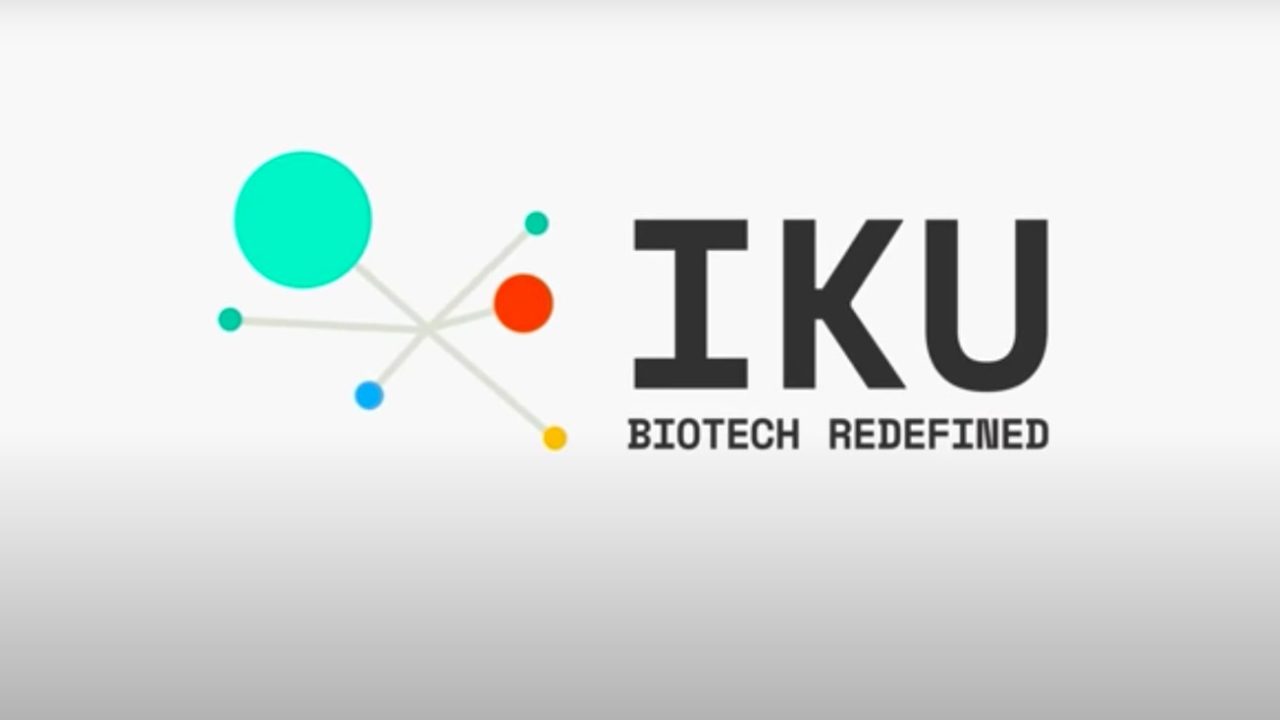
April 17, 2019
IKU DRO: Turning Short Term R&D Into A Long Term Cure
IKU is the first decentralized research organization (DRO) where rules, regulations, and licensing are encoded on the blockchain. By nature, IKU DRO is transparent by being controlled by all of its token holders who want to introduce to the international scientific community a world of automation and financial incentivization that boosts scalability.
With an innovation first mentality, IKU disrupts the bio r&d market, showing that they truly give a damn. They deliver an alternative formula to scale medical therapy to society for the long-term. It’s an execute-ready approach and if they do this right, expect a DRO avalanche to hit your local Apotheke in a few years.

In The Context Of Drug Discovery, R&D Is At The Mercy Of Big Pharma, Who Steer Industry Towards Big Patent Payouts. This Unfortunately Leaves Many Scientists Unfunded And Decades Worth Of Backlogs To Potential Drugs Of Backlogs To Potential Drugs Or R&D In General. Can You Tell Us More About This Cycle?
Industry capital is almost exclusively allocated to new molecular entities (NMEs), molecules that have had no human exposure. NMEs are a more enforceable record of r&d as they are difficult to invalidate. Although they have the most funding, their effects are logistically hard to achieve.
It requires about $2.6B investment, and 15 years to complete clinical trials for market access. On top of that, there’s only a 0.02% chance of Federal Drug Admission approval. It’s a very inefficient model and is reflected in pharma’s decreasing internal rate of return (IRR) on capital for the last 30 years. IKU presents a better solution that’s faster and makes medicine more accessible. What’s going on is harmful to the scientific community, and ultimately society, since the only option is big pharma– rather than adding to public benefit.
Biggest Problems
Costly drug development
A slow pace to innovation due to patents
Slow adoption of new drugs on the market
Devaluation of scientific discovery
Limited R&D investment per capita

Aus Gründen des Datenschutzes benötigt YouTube deine Erlaubnis zum Hochladen. Weitere Details findest du in unserem Impressum.
Um dieses Video zu sehen, musst du dich für unsere externen Medien anmelden. Du kannst auf “Akzeptieren” klicken, um es für deine Einstellungen zu übernehmen. Du kannst dieses Video auch über einen externen Link ansehen.
You Mention The High Costs. How Does the IKU Model Reduce Them?
It takes over $2B to develop an NME in the U.S., but it costs 500x less to get the treatment approved. There are r&d efficiencies in drug discovery, with drug rediscovery being one, and the pursuit of clinical trials outside of the U.S. that can drop the price tag.
What’s important to understand is that r&d raw data has proven to be worth millions, perhaps billions. Eventually, data accumulated and stored on IKU will develop into a data repository. If you’re a token holder you can access and license this data, depending on required token thresholds, without the traditional third-party intermediary. This inevitably facilitates improved, cost-effective, and faster designs for trials. Furthermore, it’s completely transparent and a public benefit, accessible by the world.

What Is Drug Rediscovery?
It takes the already improved drugs and therapies, public data, and redevelops or repurposes them to treat other conditions for which no quality treatment currently exists. If you are working with public data, it’s much more difficult to patent and you’re better off with copyright exclusivity.
A Lot Of Issues Seem To Stem From Institutional And Structural Components: Patents And Copyrights. Why?
Patents do not incentivize anyone to share data. This is further exacerbated by business strategies that steer the industry towards big patent payouts, which unfortunately put science second.
If you are rediscovering a drug then you focus on copyright exclusivity, that applies the licensing to a drug, similar to a patent, and they can last up to 12 years. If you are starting with a generic drug, legally, the data should be publicly available, so you can skip the first phase of clinical trials and go directly into Phase 2. It also increases the probability of FDA approval with the same copyright exclusivity, irrespective of patents. Copyright applies when the original research data is put into a proof of existence – registration is not necessary. You save a big chunk of change.

What Can You Tell Us About Eli (Ann)? Why Use It For Clinical Purpose?
Drug discovery high risk and high reward process. It can cost billions and take years for approval if even. ELI is the Artificial Neural Network (ANN) that uses machine learning to help mitigate risk from the start. We are developing it to predict approval criteria and clinical trial phase success. It’s not a new technique and we referenced research papers from Tufts and MIT’s Andrew Lo to build our model. It’s a disadvantage if we did not implement ELI – it’s a method to erode risk.

IKU kicks off the fundraiser for the NeuroDRO later this month with MakerDAO’s DAI being the exclusive stablecoin. It will be the first of its kind and will demonstrate to the world that stablecoin technology can be used for a great cause. It extends beyond the concept of donations, by using the transaction information and value as a vehicle to deliver more access to a decentralized research organization (DRO).
By adopting a currency that lives completely on the blockchain, for a company that lives on the blockchain, it’s stability is unmediated by any locality and its solvency is independent of trusted counterparties. As with other sources developed on this technology its core depends on speed, transparency, and security – all necessary changes within r&d. As we see movement over to the ledge, the brave new blockchain continues to reveal a great solution to turn short term drug research projects into a long term cure faster than ever imagined.
Get your tickets here.

